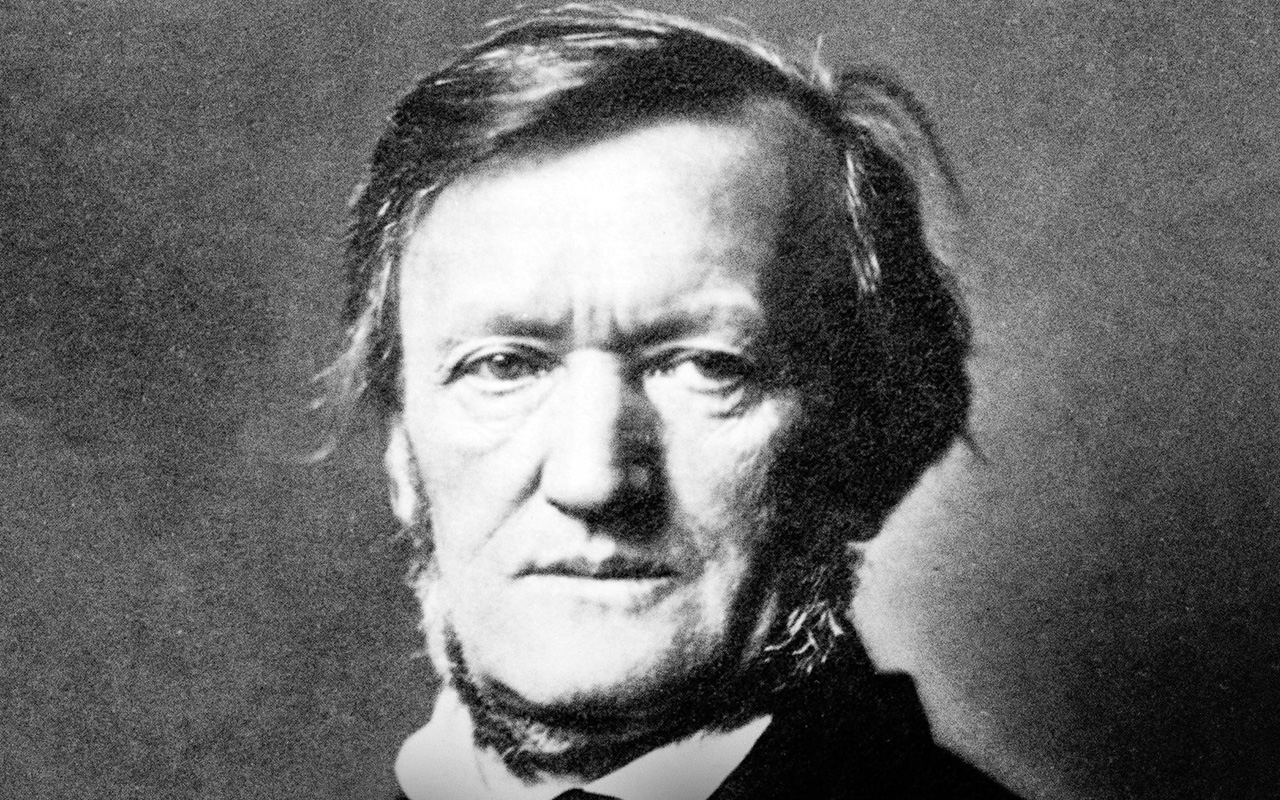Richard Wagner, a prominent German composer, conductor, and theater director of the 19th century, is widely regarded as one of the most influential figures in the history of classical music. Known for his grandiose operas and innovative musical techniques, Wagner’s compositions continue to captivate audiences worldwide. In this blog post, we delve into the world of Wagnerian music and explore the 10 best songs that showcase his brilliance as a composer.
- “Ride of the Valkyries” (Die Walküre): Arguably Wagner’s most famous composition, this exhilarating piece from the opera “Die Walküre” has become an iconic symbol of power and triumph. Its soaring melodies and thunderous orchestration perfectly capture the intensity of the Valkyries’ mythical horseback ride.
- “Prelude to Tristan und Isolde”: Wagner’s opera “Tristan und Isolde” is renowned for its passionate and emotional score, and the Prelude sets the stage for the profound love story that unfolds. Its lush harmonies and unresolved tensions create a sense of longing and desire, making it a masterpiece of romantic music.
- “Pilgrims’ Chorus” (Tannhäuser): From the opera “Tannhäuser,” this choral piece showcases Wagner’s ability to create stirring vocal harmonies. The Pilgrims’ Chorus combines majesty and spirituality, evoking a sense of devotion and reverence.
- “Siegfried’s Funeral March” (Götterdämmerung): Part of Wagner’s monumental opera cycle “Der Ring des Nibelungen,” this funeral march accompanies the demise of the hero Siegfried. The mournful melody and orchestral grandeur make it a profoundly moving composition.
- “Overture to The Flying Dutchman”: The overture to Wagner’s early opera “The Flying Dutchman” is a musical gem. With its evocative sea motifs and powerful brass fanfares, it captures the essence of the story, showcasing Wagner’s gift for creating dramatic tension.
- “Elsa’s Procession to the Cathedral” (Lohengrin): Derived from the opera “Lohengrin,” this procession is a radiant and uplifting composition. It features a grand orchestral texture, leading to a majestic climax as Elsa walks toward the cathedral, blending both beauty and solemnity.
- “Liebestod” (Tristan und Isolde): Considered one of the most beautiful and poignant moments in all of opera, the “Liebestod” is Isolde’s final aria from “Tristan und Isolde.” Wagner’s transcendent orchestration and soaring vocal lines convey the ecstasy and transcendence of love, leaving listeners deeply moved.
- “Prelude and Love-Death” (Tristan und Isolde): This hauntingly beautiful duet from “Tristan und Isolde” highlights Wagner’s revolutionary approach to harmony and chromaticism. The music portrays the all-consuming passion between the two lovers and their desire to escape the limitations of the mortal world.
- “The Entry of the Gods into Valhalla” (Das Rheingold): In the opera “Das Rheingold,” the gods enter their new home, Valhalla, in a grand and majestic procession. Wagner’s use of brass and powerful orchestration creates an awe-inspiring atmosphere, befitting the realm of the gods.
- “Prelude to Die Meistersinger von Nürnberg”: Closing our list, the prelude to Wagner’s opera “Die Meistersinger von Nürnberg” is a vibrant and joyous composition. It showcases Wagner’s ability to weave together intricate melodies and intricate counterpoint, creating a lively and celebratory atmosphere.
Conclusion:
Richard Wagner’s music continues to captivate audiences with its dramatic intensity, emotional depth, and revolutionary techniques. The 10 songs highlighted in this blog post only scratch the surface of his vast body of work. Whether exploring mythical sagas or delving into the depths of human emotion, Wagner’s compositions have left an indelible mark on the world of classical music and continue to inspire and move listeners today.


Comments are closed